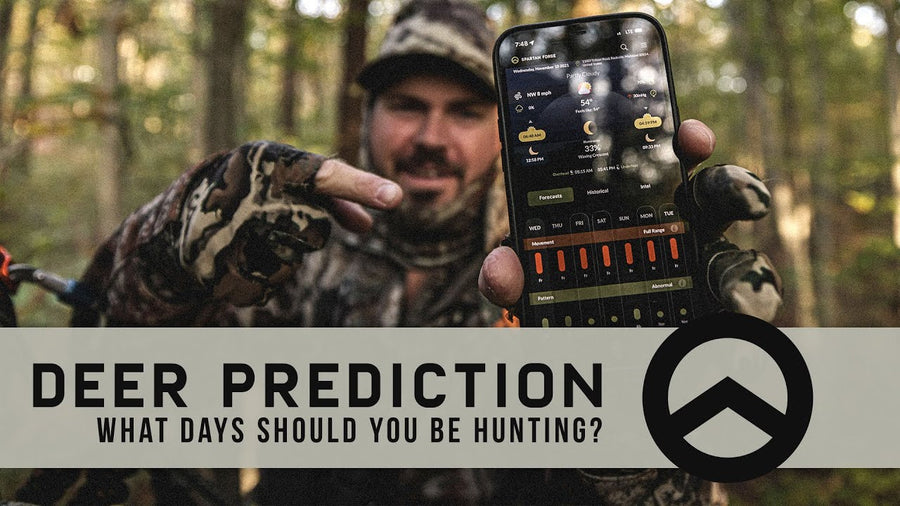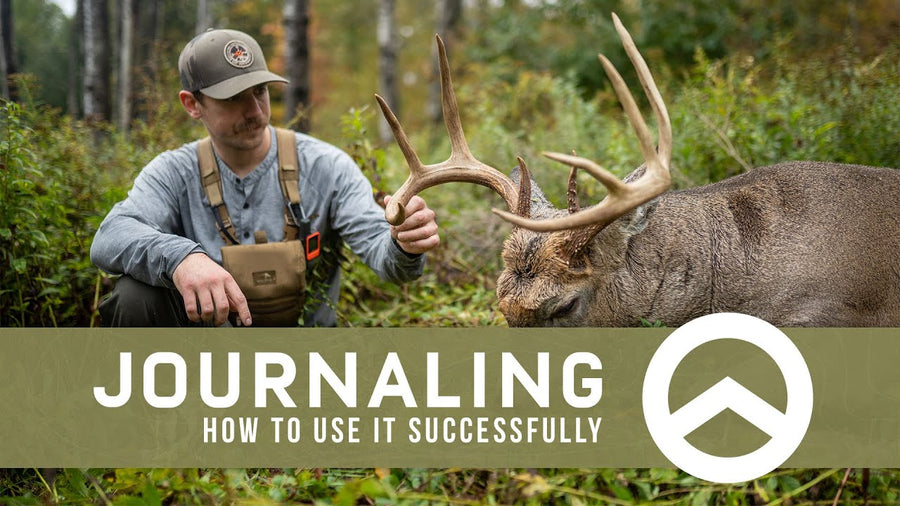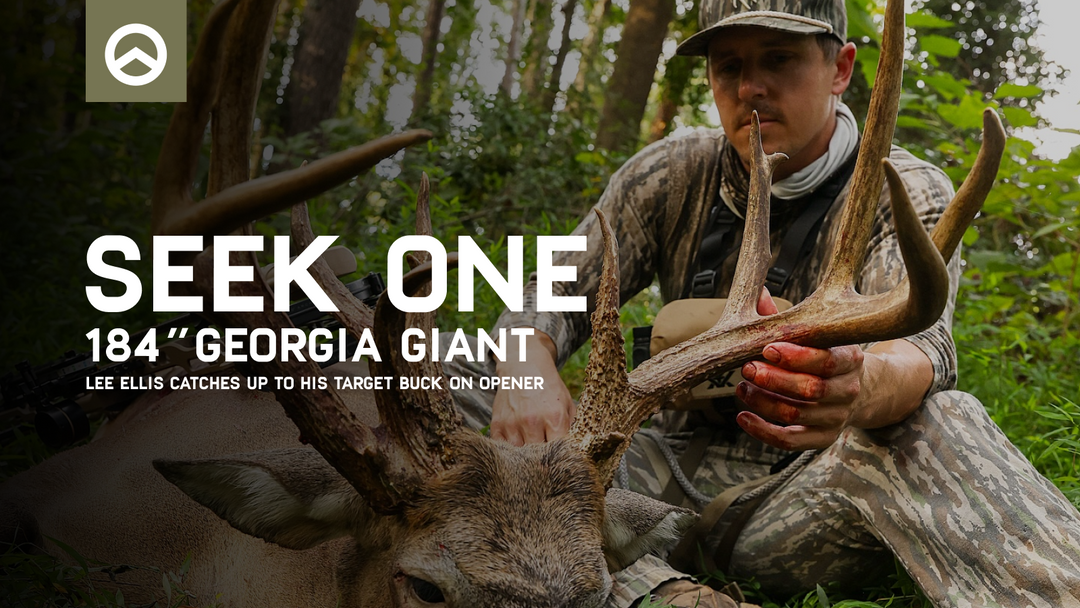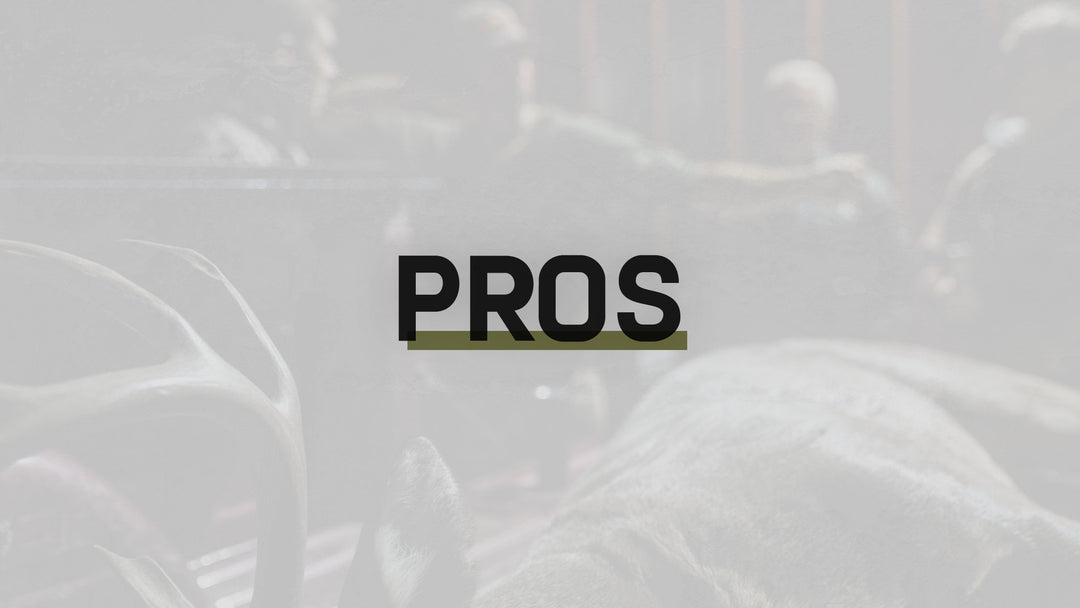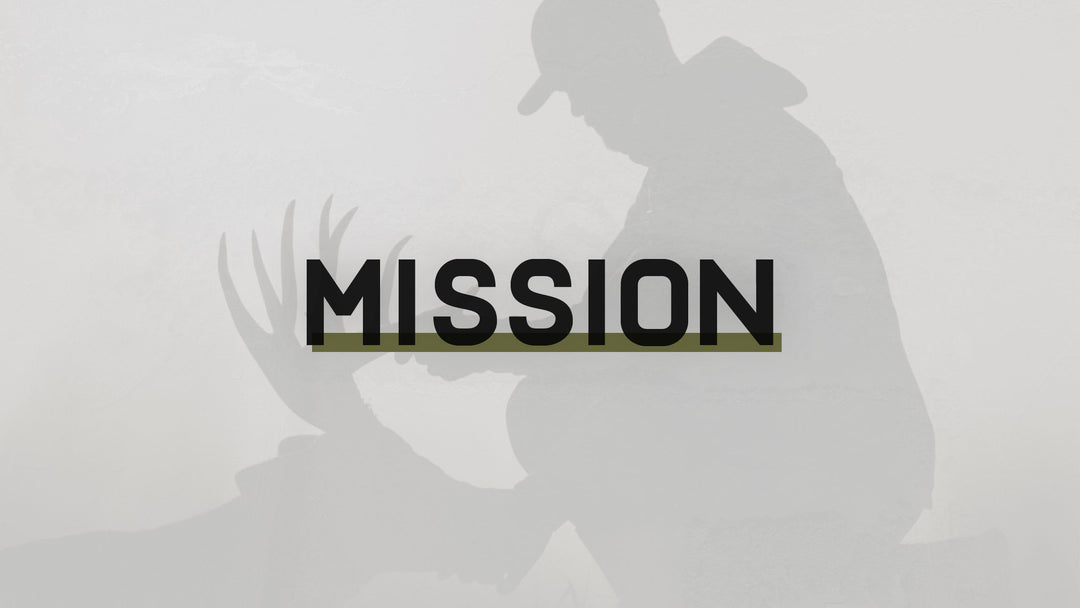Pressure is Pressure is Pressure
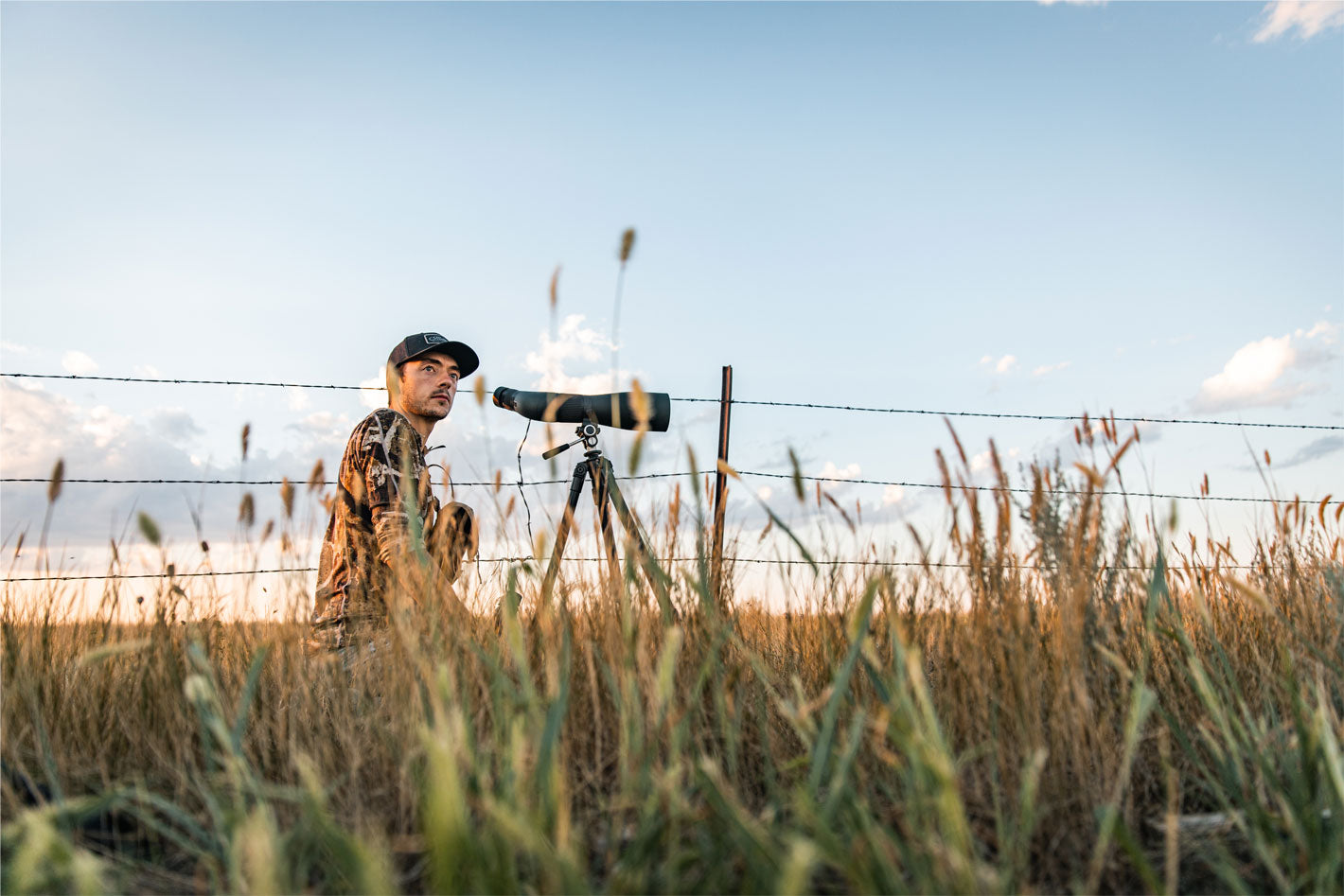
If you’ve been hunting for a minute, you’re well aware of the effects of hunting pressure. Although collared deer studies show that after just a few days into the season, deer behavior drastically changes, it doesn’t take research data to know it. We’ve all seen it firsthand. We hunt a great spot and see a lot of deer. So, what do we do? We keep going back to the same area week after week until we completely burn the spot out. We try hard to keep the wool pulled over their eyes, but no matter how cautious we are with the wind, thermals, noise, entry, and exit, deer are excellent at patterning us when we give them enough data to work with - no matter our reason for being in the woods.
Deer Don’t Differentiate
Deer don’t know the difference between hunting and scouting. They don’t care if we’re carrying a weapon or not. They’re not putting a whole bunch of thought into it. All their instincts tell them is that there’s a known predator snooping around their house and they need to act accordingly. What that generally means is that they’ll bed in different locations, change their feeding patterns, and alter the routes they’ll take to go where they want to end up. When we’re scouting, that’s exactly the kind of intel we’re after. So, it’s counterproductive to gather all that intel and erase it at the very same time. But if we don’t put the same effort into keeping an area as unpressured as possible when scouting, that’s exactly what we’re doing. If we find good bedding, or a good food source, but pressure the deer into moving or changing how or when they use them, that data is no longer useful to us. That’s why it’s so important to take scouting as seriously as hunting. Our entire season depends on it, especially if we end up having to scout mid-season.
The Big 3 – Wind, Entry/Exit, Ground Scent
There’s a lot to take into account when walking into the deer woods, but the wind, entry/exit, and ground scent are the three biggest that we have to remember when scouting. Using the Spartan Forge app to learn what the predominant wind direction is in an area, as well as the current wind direction, is extremely useful in planning how we’ll scout through an area. If you’re like me, you’ve got to put a few trips into a property to really get the intel needed to hunt it confidently. So, if I walk into an area 2 or 3 times, blowing deer out of there with my wind because I didn’t want to take the long way in, I’m going to change the landscape for a bit. Of course, with enough time, deer will begin resuming their behavior, but if I’m hanging cameras to see if it’s worth the time and effort, the data I get and the decisions I make based off that data will be skewed and might cause me to move on prematurely. The same goes for the ground scent we leave behind. I don’t know how many times I’ve put out a camera back in the timber and gotten deer on it the very same day, only to have no picture the following days and weeks. Brushing against low-hanging limbs, dripping sweat all over the ground, rubbing my arms against the trees that I’m placing cameras on, hanging the cameras at deer-level – it causes deer to change their behavior. I wonder how many times those deer I’ve gotten on camera the first day started using a trail just 30 yards away to skirt the camera, causing me to write off that spot a couple weeks later.

Don’t Underestimate Summer Pressure
The reason you see deer spend less time, or even no time, in staging areas on big farms when you’re watching TV is because you’re looking at an unpressured area where the deer don’t have a reason to wait until the last 10 minutes of shooting light to emerge into a food plot. It’s all about the pressure. No amount of soy beans, corn, or white oaks will make a mature deer show up at a spot where they know there’s a good chance they’ll die during daylight. Their instincts are the same all year round. Yes, their standards get a little looser during the rut and when food is scarce. But as soon as we underestimate their will to survive, our daytime pics turn to nighttime real quick. And that’s a bad feeling. So, if we want intel that won’t change from the summer to the early-season, we’ve got to exercise the same caution during scouting sessions as we do during hunts. Do deer resume normal behavior after a long enough period of time? Absolutely, but many of us around the country are too close at this point to pressure deer out of their summer patterns that they’ve already set. And if you’re hunting public land, you’re also not the only one pressuring your deer. Your next scouting trip could be the last straw for a mature buck you’re after. So, let’s get stealthy and scout like we’re hunting. We’ll be better for it in the fall.
Written by Alex Killman at Southeastern Bowhunting
